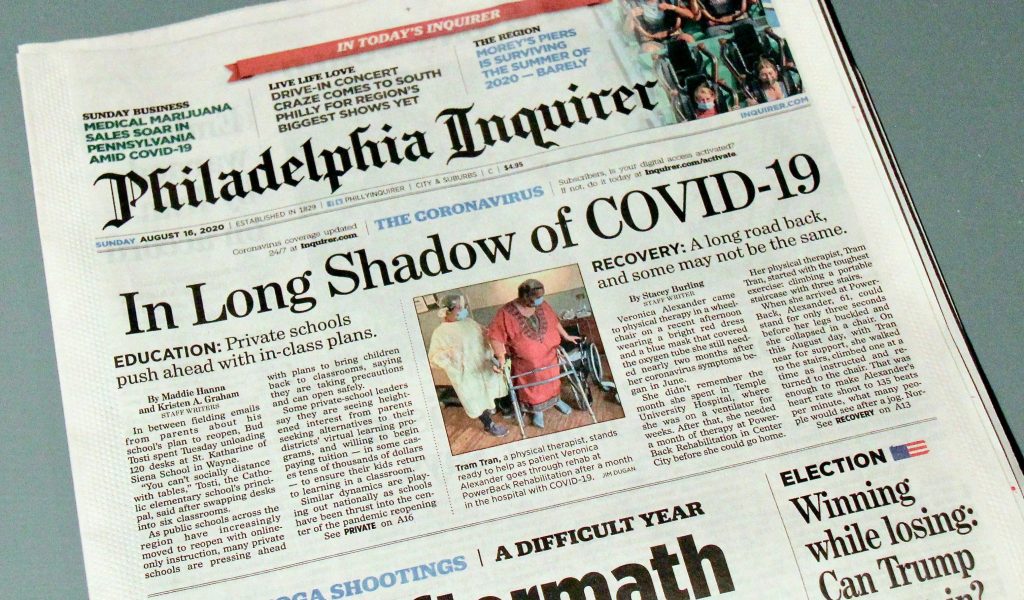In the wake of so much negative news about skilled nursing facilities in the midst of the global pandemic, the Varsity PR team thought, “How can we generate positive, relevant news stories for our clients?”
One client, the National Association for the Support of Long Term Care (NASL), felt the same way. We worked together to develop positive, health-related story angles to position NASL, and its members, as thought leaders in the therapy field.
The story angle we landed on: Why therapists are essential to patients recovering from COVID-19, and the evolution of their role amid the crisis.
There’s been much publicity about COVID-19 patients recovering and leaving hospitals. But another story wasn’t being told—about the serious long-term health challenges of getting patients back to their baseline. There is an essential need for therapists to help patients eat, walk, think and return to doing day-to-day tasks. Therapists, we quickly learned, are about as critical to patients recovering from COVID-19 as the hospital staff who initially treat them.Varsity worked with NASL, and a few of their Philadelphia member therapy providers, to develop the story angle. We pitched it to the health reporter at The Philadelphia Inquirer, which resulted in an in-depth piece about the significant contributions of therapists in helping patients recover from COVID-19.
Here’s a link to the story, which was the lead article on the front page of the Sunday paper and also ran online.

We’re proud that we could get in front of the pandemic with a positive story. It positions NASL members not only as experts, but tells the important story of why therapists are essential in the recovery from COVID-19.
Here are five tips to keep in mind when you’re working to garner positive publicity for your organization:
- Build your contacts. It’s important to cultivate relationships with key reporters who would be interested in what you have to offer; this way, you’ll already have someone to contact when a story idea arrives.
- Know the media landscape. Timing is everything. If your story relates to a topic in the news, you’ll have a greater chance of getting reporters interested.
- Follow through. You can’t just send the pitch and hope for the best. We recommend emailing and/or calling the reporter to follow up after you’ve sent the pitch. If you land the story, make sure the reporter has all necessary information to complete the story, e.g., an interview schedule. Keep on top of things and get the reporter the information they need.
- Realize it’s not all about your client. Nine times out of ten, reporters will look to other resources as well, and they may feature and quote several companies and spokespersons in the piece.
- Be patient. This story didn’t happen overnight. It was a process that involved looking at the current media landscape, identifying the reporter we wanted to reach, crafting the pitch, and assisting with coordinating interviews and therapy observation sessions.
PR isn’t easy, but it is rewarding to see clients get recognition for being the experts they truly are. It’s all about being in the right place at the right time, crafting the pitch and being prepared to follow the story all the way to the end.
